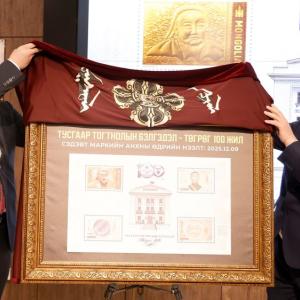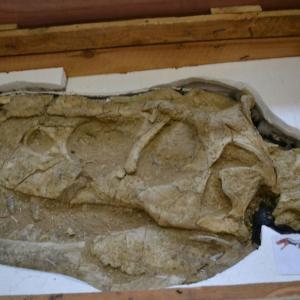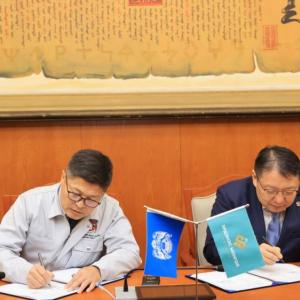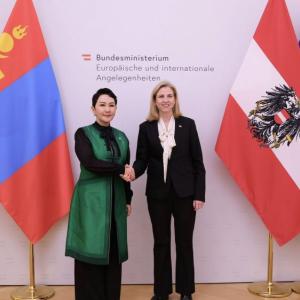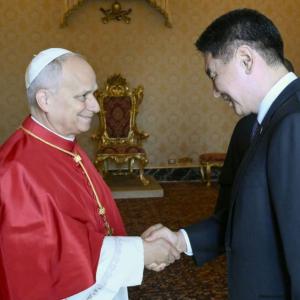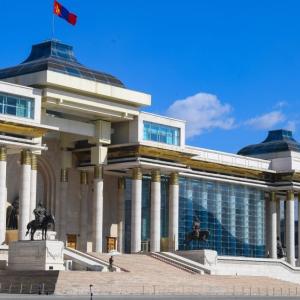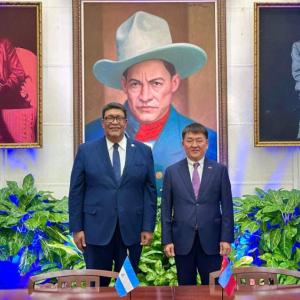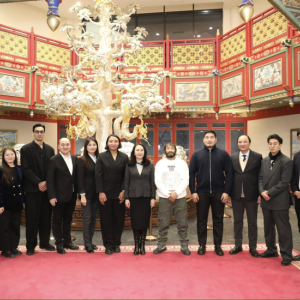The Steppes of Genghis Khan: Nomads of Mongolia exhibition on display in Denmark
Art & Culture
Ulaanbaatar /MONTSAME/ The National Museum of Denmark is organizing an exhibition "The Steppes of Genghis Khan: Nomads of Mongolia" . Visitors are able to time travel on the Trans-Siberian Railway, a towering Ger, a magical bonfire site and the mummy of a warrior.
In the 13th century Genghis Khan, king of the steppes, created a magnificent kingdom on the endless plains of Mongolia. From here his hordes of horsemen set out to conquer the world from China to Eastern Europe. The horsemen never settled. When the season changed, they packed all their world goods, harnessed their livestock to caravans and moved on.
Visitors to the National Museum can meet the people of the Mongolian steppes, continuing to travel in the spirit of Genghis Khan in the biting cold and under the scorching sun.
At the entrance to the exhibition visitors step directly into a rattling train carriage pounding along the tracks. Almost a millennium of history passes by the window, from the horsemen of Genghis Khan thundering past in a cloud of dust, to a caravan of bumper-to-bumper four-wheel drives. The train disembarks directly onto the steppes and a mighty ger tent, the transportable home of Mongolians. The flames of a bonfire crackle as clouds tell the tale of their national hero Genghis Khan. Inside the ger the cultural history of the nomads continues, following their eternal journey across the steppes.
See the Mummy of a Genghis Warrior
In 2016 an amazing discovery was made on the steppes of Mongolia. In the Altai Mountains of western Mongolia, the mummy of a man who could have been one of Genghis Khan’s warriors was found. More than 800 years ago he was laid to rest in a hollow tree trunk, fully dressed and wearing a silk tunic, leather boots with a felt lining, and a fur hat. His saddle, stirrups, bow and quiver of arrows, plus provisions, were laid to rest with him. This unique mummy is also part of the exhibition.
“The nomads and warriors of Mongolia fascinate us because they rejected any kind of rooted existence. They share their roving lifestyle with other cultures of the past, few of which have survived and traveled down through history like that of Mongolians. Unlike societies in the West, they adapt to the nature surrounding them, striving to live a life that has as little impact on Earth as possible. That’s something we can all still learn from,” says Anni Mogensen, Head of the National Museum in Copenhagen.
The Danish explorer Henning Haslund-Christensen was also fascinated by the Mongolians’ harsh life on the steppes. From 1936-1939 he visited the nomads, collecting cultural treasures from the region and bringing everything from everyday tools to ritual artifacts home to the National Museum. These artifacts can now be seen in the exhibition.
“Henning Haslund-Christensen’s collection is one of the crown jewels of the National Museum’s 20th-century expedition collections. It includes everything from everyday items to shaman costumes. The artifacts he collected tell stories of the relationship between tribes, of hierarchies and power, of gods and humans, and of animals and landscapes. In a letter home he wrote that everything the Mongolians laid their hand on or cast a glance at had its own myth,” according to curator Christel Braae.
Genghis Khan and his Empire
Genghis Khan (1162-1226) is famous for his incredible territorial conquests and brutality on the battlefield. He is, however, less well known for his far-farsightedness. He introduced the first laws in Mongolia, a modern postal service, and from 1206 to 1386 gathered all Mongolians under a single empire. He also introduced immunity for diplomats and ambassadors. In the wake of his conquests he introduced freedom of religion for the people he conquered, as well as free trade. He transformed the Silk Road into one of the first and largest free-trade zones. Today he is considered a national and folk hero who ensured the future of Mongolia as a united people.
The exhibition "The Steppes of Genghis Khan: Nomads of Mongolia" is produced by Moesgaard Museum in collaboration with the National Museum and is being shown at the National Museum of Denmark from June 8th to September 8th, 2019.
The exhibition is supported by the Spar Nord Foundation, the Aage & Johanne Louis-Hansen Foundation and the Augustinus Foundation.




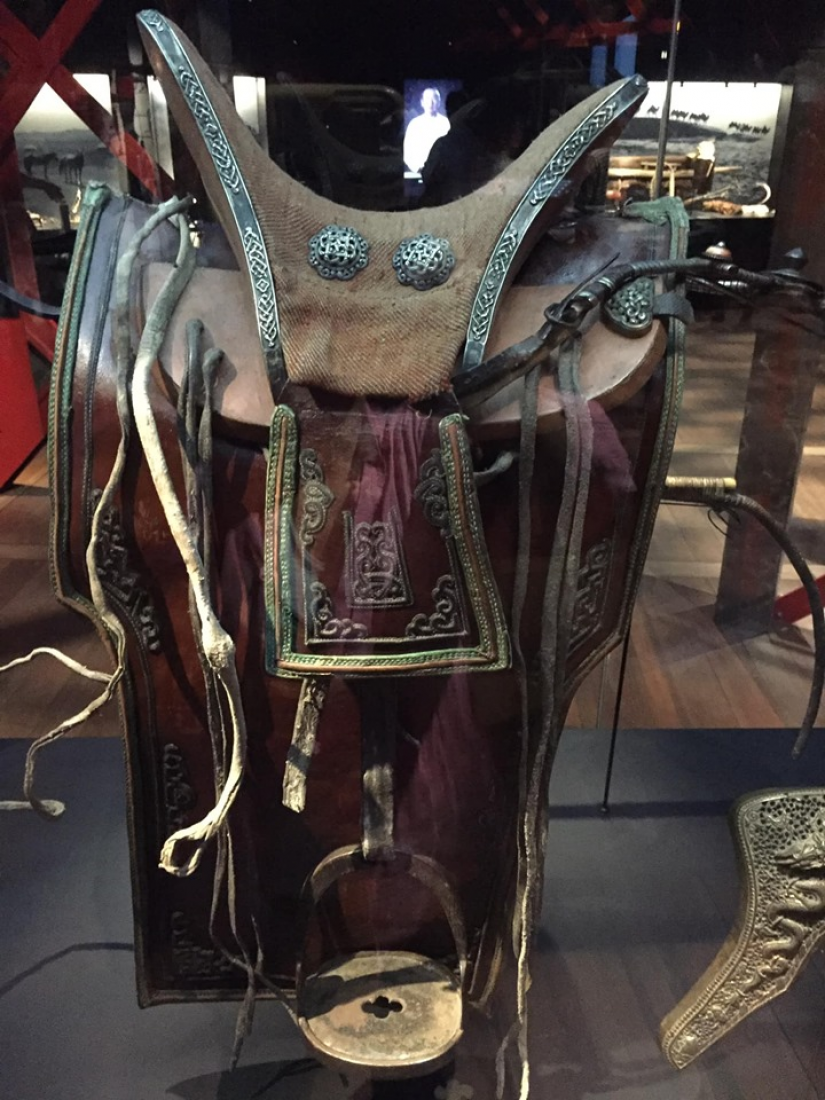
Source: National Museum of Denmark
Photo source: Taisa Lucchese
Связанные новости
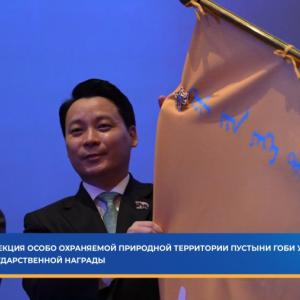

 Ulaanbaatar
Ulaanbaatar





